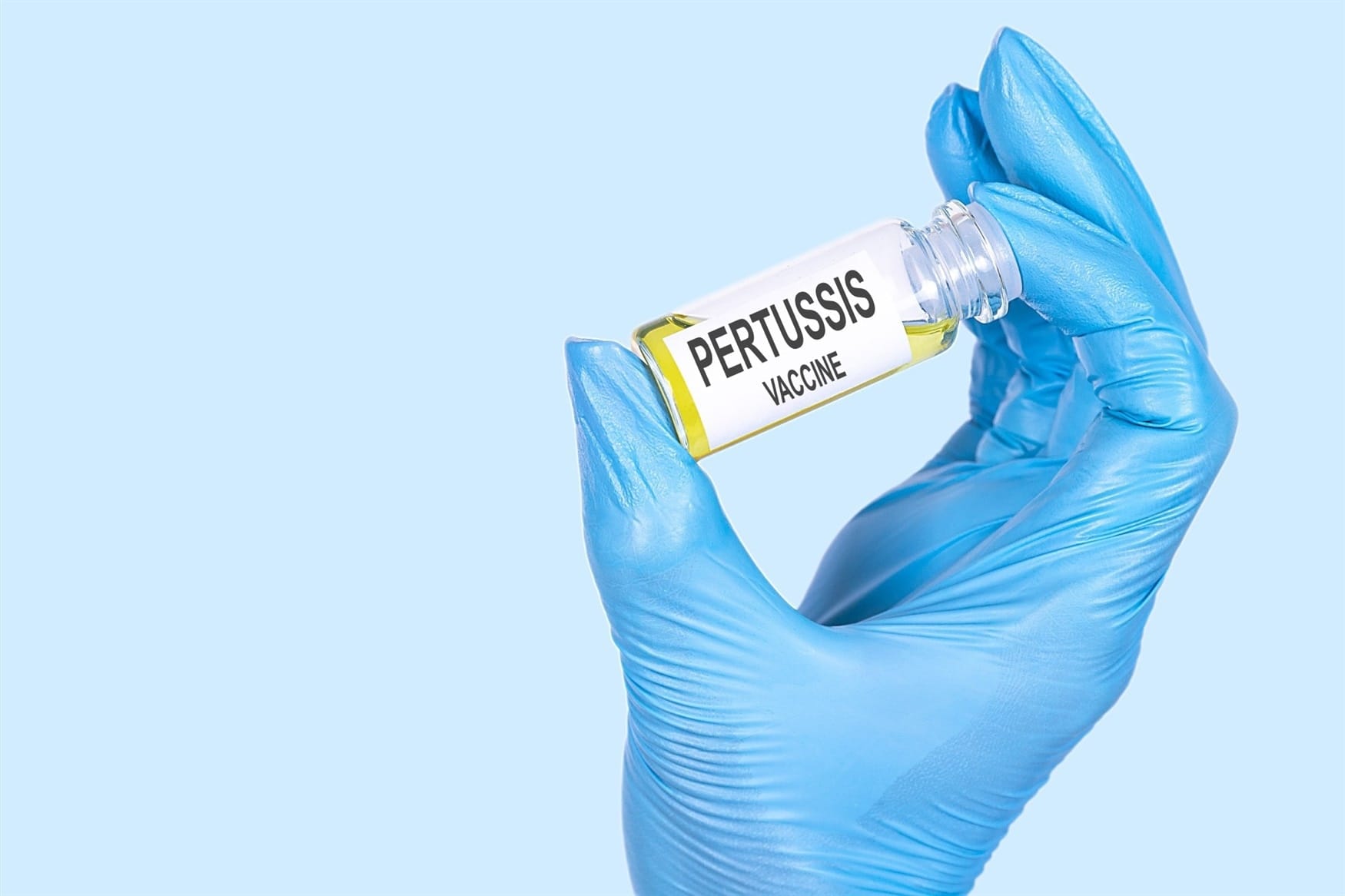In a significant public health initiative, the top health official in the United States has proposed the introduction of warning labels on alcoholic beverages, aimed at informing consumers about the potential cancer risks associated with alcohol consumption. This recommendation is rooted in an increasing body of scientific evidence that underscores the link between alcohol and several types of cancer, including breast, liver, and colorectal cancers.
The relationship between alcohol consumption and cancer has been a topic of extensive research over the years. According to the World Health Organization (WHO), alcohol is classified as a Group 1 carcinogen, which means that there is sufficient evidence to conclude that it can cause cancer in humans. This classification is based on numerous studies that have established a clear association between alcohol intake and the development of various cancers. For instance, epidemiological studies have shown that even moderate alcohol consumption can increase the risk of breast cancer in women, with the risk rising with the amount of alcohol consumed.
The proposed labeling initiative is not without precedent. Several countries have already implemented similar measures, requiring alcohol manufacturers to include health warnings on their products. These labels typically inform consumers about the risks of excessive drinking, including the potential for addiction and the increased risk of chronic diseases, including cancer. Proponents of such labeling argue that clear and visible warnings can help to raise awareness and encourage more informed decision-making among consumers.
The science behind the cancer risk associated with alcohol consumption is multifaceted. Alcohol can cause damage to the DNA in cells, leading to mutations that may result in cancer. Additionally, alcohol consumption can interfere with the body’s ability to absorb essential nutrients, which are crucial for maintaining cellular health and preventing cancer. Furthermore, alcohol can increase levels of certain hormones, such as estrogen, which is linked to an increased risk of hormone-related cancers, including breast cancer.
Despite the growing evidence, the alcohol industry has often pushed back against labeling initiatives, arguing that such measures could negatively impact sales and consumer perceptions. Critics of the industry assert that prioritizing profit over public health is a disservice to consumers who may not fully understand the risks associated with alcohol consumption. The proposed warning labels would aim to bridge this knowledge gap, providing consumers with critical information that could influence their drinking behavior.
Public health experts have long advocated for increased awareness of the health risks associated with alcohol. The Centers for Disease Control and Prevention (CDC) has reported that excessive alcohol consumption contributes to a significant number of deaths each year due to alcohol-related diseases, including various cancers. The introduction of warning labels could serve as a vital tool in public health campaigns aimed at reducing alcohol consumption and its associated health risks.
While the proposal for warning labels is still in the discussion phase, it reflects a broader trend towards increased transparency and consumer awareness in the food and beverage industry. Similar initiatives have been seen with tobacco products, where graphic warning labels have been shown to reduce smoking rates over time. The hope is that by providing clear information about the risks of alcohol consumption, consumers will be better equipped to make informed choices about their health.
In conclusion, the call for cancer warning labels on alcoholic beverages by the U.S. top health official highlights the significant evidence linking alcohol consumption to cancer risk. As scientific research continues to uncover the health impacts of alcohol, the need for clear communication to the public becomes increasingly important. The potential implementation of such labels could represent a pivotal step in promoting public health and encouraging responsible drinking behaviors among consumers.



